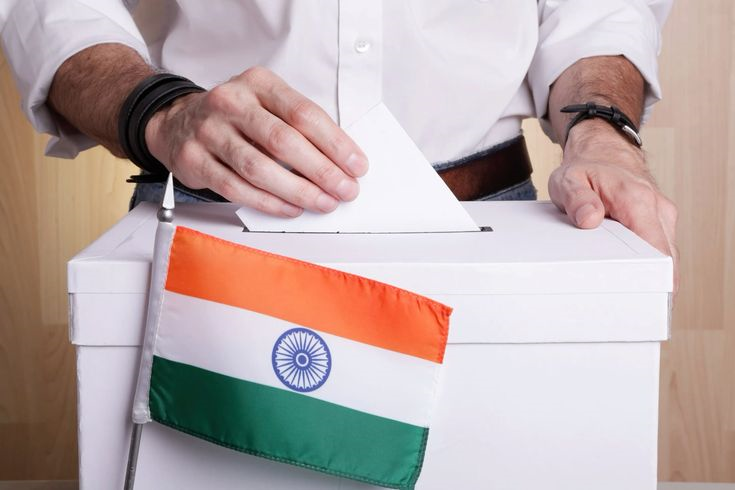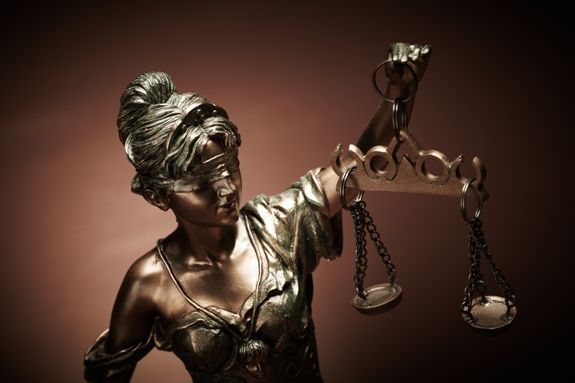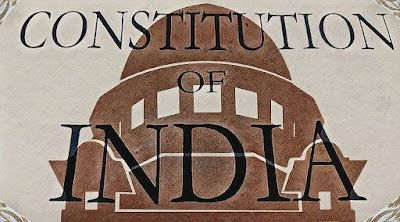Context and Overview
The appointment of judges to the Higher Judiciary, which includes the Supreme Court and the High Courts, is a crucial constitutional function. The independence of the judiciary largely depends on how judges are appointed, protected, and allowed to perform their duties without external pressures. The Indian Constitution lays down the framework for judicial appointments under Articles 124 and 217. However, the interpretation and practical functioning of these provisions have evolved significantly through judicial decisions, especially through the Three Judges Cases and the debate over the National Judicial Appointments Commission (NJAC).
The current method of appointing judges in India is based on the Collegium System, a judge-made mechanism that emerged through judicial interpretation to preserve judicial independence. Though not explicitly mentioned in the Constitution, it has become the governing procedure for judicial appointments today.
Constitutional Provisions Governing Judicial Appointments
According to Article 124(2) of the Indian Constitution, judges of the Supreme Court are appointed by the President of India, in consultation with such judges of the Supreme Court and High Courts as he/she may deem necessary. Similarly, Article 217 governs the appointment of High Court judges, requiring consultation with the Chief Justice of India (CJI), the Governor of the State, and the Chief Justice of the High Court concerned.
However, the term “consultation” became a matter of constitutional interpretation. Initially, the executive played a dominant role, and judicial recommendations were not binding on the government. But disputes and concerns about executive interference gradually led to constitutional litigation.
Evolution Through the Three Judges Cases
First Judges Case (S.P. Gupta v. Union of India, 1981)
In this case, the Supreme Court held that “consultation” did not mean “concurrence”, giving the Executive the primacy in judicial appointments. The President could refuse judicial recommendations.
Second Judges Case (Supreme Court Advocates-on-Record Association v. Union of India, 1993)
This case fundamentally changed the situation. The Supreme Court ruled that the Chief Justice of India should have primacy in appointments. The Court introduced the Collegium System, where appointments would be made by a group of senior judges instead of by the executive alone.
Third Judges Case (Re Presidential Reference, 1998)
This case expanded the Collegium to a five-member body:
- The Chief Justice of India
- The four senior-most judges of the Supreme Court
Similarly, appointments to High Courts are initiated by a three-judge Collegium of the concerned High Court and then approved by the Supreme Court Collegium.
The NJAC Act and Its Invalidation (2015 Case)
To replace the Collegium System, the Parliament passed the National Judicial Appointments Commission (NJAC) Act, 2014, which proposed a six-member selection body consisting of:
- CJI (Chairperson)
- Two senior-most SC judges
- The Law Minister
- Two eminent persons
The intention was to introduce transparency and accountability in judicial appointments. However, in the landmark case Supreme Court Advocates-on-Record Association v. Union of India (2015), the Supreme Court struck down the NJAC Act and 99th Constitutional Amendment as unconstitutional. The Court held that involvement of the executive and non-judicial members would compromise judicial independence, which is a part of the Basic Structure of the Constitution.
Thus, the Collegium System was restored, and remains the current method of judicial appointments in India.
How Judges Are Appointed Under the Current Collegium System
Appointment of Supreme Court Judges
- The Supreme Court Collegium recommends names.
- The recommendation is sent to the Union Law Ministry.
- The Ministry conducts background checks and forwards the file to the Prime Minister.
- The Prime Minister advises the President to appoint.
The President may return a recommendation once, but if the Collegium reiterates it, the President is constitutionally bound to approve.
Appointment of High Court Judges
- Recommendations start from the High Court Collegium.
- They are sent to the Supreme Court Collegium for approval.
- The file then moves through the Law Ministry → PM → President.
Why the Collegium System Is Important
The Collegium System places judicial primacy in appointments, ensuring that:
- Judicial independence is not compromised by political influence.
- Merit and integrity remain primary selection criteria.
- The separation of powers is maintained.
However, critics point out concerns such as:
- Lack of transparency
- Absence of objective criteria
- Limited public accountability
This remains an ongoing debate in India’s constitutional landscape.
Mnemonic to Remember the Appointment Evolution
Mnemonic: “GUPTA – RECORD – PRESIDENT”
- GUPTA → S.P. Gupta Case (1981) → Executive Primacy
- RECORD → Advocates-on-Record Case (1993) → Judicial Primacy
- PRESIDENT → President’s Reference Case (1998) → Collegium Expanded
For current system → Think “5 for Supreme Court, 3 for High Court”.
About lawgnan
The appointment of judges defines the strength and independence of India’s judiciary. Explore the complete evolution of the judicial appointment system — from the First Judges Case to the NJAC and the restoration of the Collegium System — only on Lawgnan.in. Learn how the balance between the executive and judiciary shapes constitutional governance and the rule of law. Stay informed about the debates, judgments, and constitutional principles that ensure transparency, accountability, and independence in the Indian judicial process. Visit Lawgnan.in — your trusted source for accurate and simplified legal insights.




